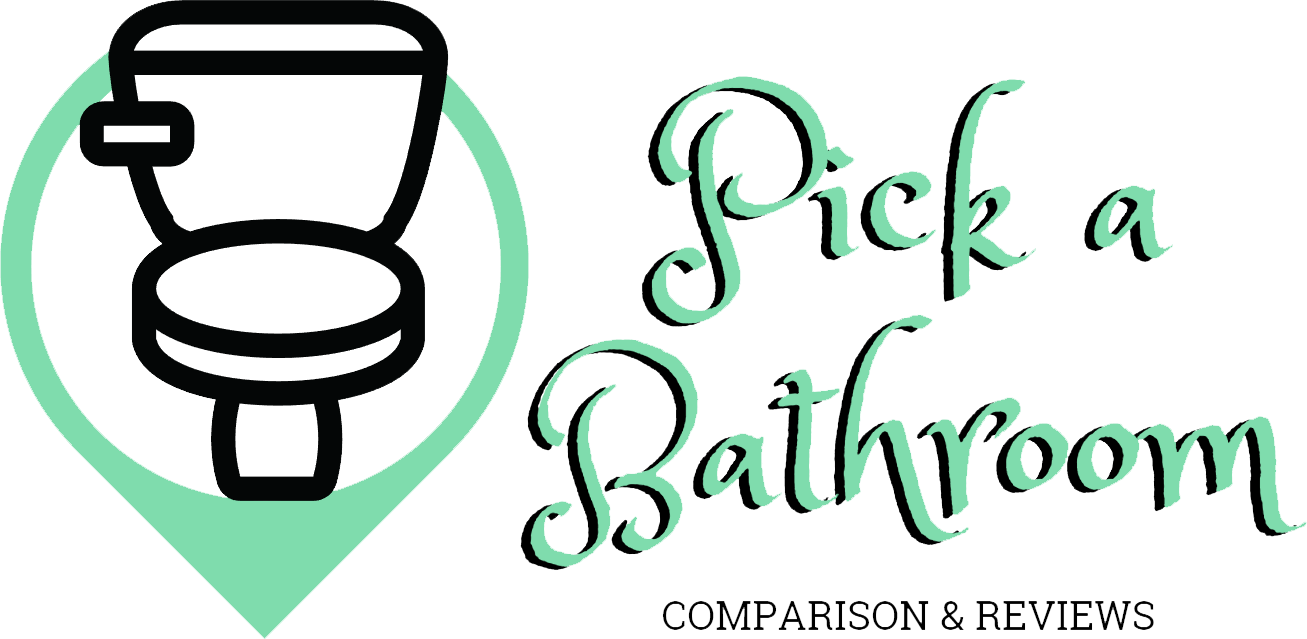Last Updated on October 20, 2022 by acechapman
The fascinating world of toilet waste and other types of wastewater is more than meets the eye. Many people think that water and waste simply disappear once they are disposed of through a household appliance. It’s more complicated and beneficial than you might think. Where do toilet water and waste go?
The process begins when wastewater is placed in a toilet or sink. The depositing stage is the beginning of the process. The waste is then transported to a wastewater facility via a sewage line.
The water is then treated with a variety of chemicals (primary, secondary, and tertiary), and can be reused for irrigation and consumption.
The wastewater journey is not only disturbing and gross but there are solid reasons for it. A US family produces around 180 gallons worth of sewage each week. This is a huge amount of sewage, but instead of being thrown away, it is used to make something useful. The Environmental Protection Agency (EPA) regulates the process and has done a remarkable job.
Where do toilet water and waste go?
In the 1920s, California saw the first big leap in wastewater recycling for specific purposes. These were its primary goals:
- Protect the environment and the health of the people from potential hazards resulting from wastewater
- Conservation of natural resources and energy
- Reduce the amount of waste that humans produce by recycling water into useful products
- To ensure the above, we must ensure that waste management follows strict guidelines.
This section will give you a better understanding of wastewater’s journey. This section will break down the wastewater process, starting at your home and ending up at waste management facilities.
Inside Your Home
You can see that the wastewater generated in your household is produced inside your house. It must first pass through a plumbing system before it can be sent to the wastewater facility. From there, it will undergo various processes to be reused.
Toilet flush
The flush or drain is where it all starts. This stage has already produced wastewater, so it’s now time to put it down. You can either flush the toilet or just put it down the drain, as we all know. It all depends on what kind of waste you have, but you get it.
Toilet trap
A traditional sink will collect the wastewater directly to the drain. It will however enter the trap of a toilet. The trap is where your waste goes before it reaches a drainage system. This toilet trap contains both solid wastes as well as flushed water. To control the smell, the trap contains both solid waste and flushed water.
Drainage
After your wastewater leaves the trap, or filters through the pipes into the sink pipes, it will be drained into a drainage system. This system connects your property to the main sewerage line.
Sewage Mains
The drainage system will transport the wastewater from your home to the main sewage line, which connects the entire neighborhood. The wastewater is transported to the local wastewater facility where it can be treated and reused.
Your wastewater passes through many processes inside your home before it reaches the wastewater facility. Continue reading to learn more about how your waste reaches this facility.
Outside Your Home
Your wastewater will eventually reach a facility after the above-mentioned processes. The wastewater can be treated in three ways.
This type of treatment involves temporary holding wastewater in large settling tanks. This causes the heavy solids to sink to the bottom and the lighter solids to rise to the surface.
All the materials that have not settled are retained while excess water is filtered to the secondary process. Special sludge treatment facilities are used to transport the solids contained in the container.
These facilities can transform sludge, also known as poo, into something that is more beneficial to the environment. This stage can turn it into fertilizer for crops or renewable energy.
The secondary treatment filters the excess water remaining from the primary stage. This step is more thorough than the previous one and is specifically designed to reduce the biological content by aerobic biological processes.
This step is mandatory for all wastewater because it makes the wastewater safer for the environment.
There are three ways to accomplish the process:
- Biofiltration: this is a process that uses sand, trickling, or contact filters to ensure that all microscopic sediments are removed from wastewater.
- Aeration: this is a long process that can take up to 30 hours. It raises the oxygen saturation of wastewater and decomposes any remaining material.
- Oxidation Ponds: In warmer climates, this process usually occurs. It uses natural water sources, such as lagoons, to allow the wastewater to flow through. The wastewater starts to clear and is collected after two to three weeks.
The Final Process
Finally, the wastewater is transferred to the tertiary process after the secondary treatment. This step is the final and most important.
They work with municipalities to remove any pathogens from the wastewater during treatment. The water is now rated as an industrial and domestic standard after this successful treatment.
It can be used for your lawn, for eating, or just about anything else.
The entire process of water treatment from the sinks and toilets to the treatment plant is both fascinating and disturbing. It’s safe to drink, but the water we consume today is usually regenerated wastewater.
It sounds incredibly alarming. But, it’s great for the environment and has had a huge impact on the planet.
Wrapping up
This explains what happens to your toilet water and other wastewater after it is flushed down a drain. The wastewater process is more complicated than anyone can imagine.
This was done to increase our sustainability and reduce the impact of water consumption on our environment.
Pick A Toilet may collect a share of sales or other compensation from the links on this page.







